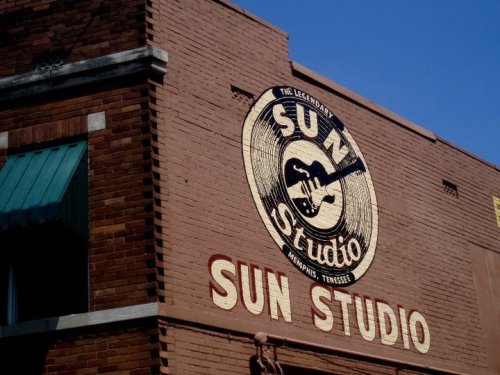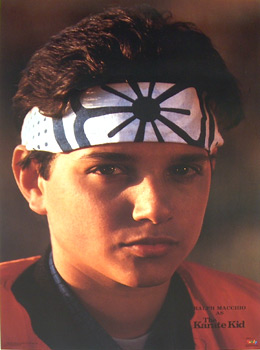Life gets in the way sometimes. That’s all I have to say on the subject of my absence of the past, oh, several months or so. Not that anyone is counting.
The good news is I’m back. Seven months pregnant. Tired and decidedly plump. And what have I been reading, listening to, watching, thinking about while I’ve been gone?
Here are some things:
1. Podcasts. I’ve mentioned my love of podcasts before, but I can’t help but give a few of my favorites a plug. They are free, interesting, and they keep me from reading actual books on the bus (that’s not a good thing, but still true).
This American Life is a revelation. No hyperbolic words describing its greatness even begin to do it justice, and I know millions of people agree, since it’s one of the most popular podcasts going every week on iTunes. Stories range from current events (they put together a wonderfully informative hour on the financial crisis) to explorations of forgotten historical figures, to funny short stories and essays (David Sedaris and Mike Berbiglia are favorite contributors). Host Ira Glass is a brilliant interviewer–his conversations often appear at the very beginning of the show– and I don’t think I’ve ever turned off an episode until after the credits were read.
One of my other favorites is Radiolab, a show that tackles science from every conceivable angle except for the boring ones. It’s made me cry before. (And, yes, it’s about science.) The Radiolab website contains an extensive archive of all the hour-long episodes as well as some shorter episodes produced specifically for the podcast world.
My final plug is for Planet Money, which is about economics. It’s not slanted to the left or right; it simply tries to explain economic subjects in a way that people like me can understand. A couple of recent shows interviewed people from the left and right extremes (a socialist and a libertarian) and allowed them to comment on the recent political rhetoric falsely claiming each side.
While I’m on the subject of podcasts, I should mention that all of the above shows can also be heard on your local public radio station. And contrary to the belief of several leading, ahem, politicians, none of them have leftist agendas. Unless you believe information is leftist. And I realize that many people do.
2. Books. Full confession mode here: I’ve been such a slacker in this department. My only excuse is that I’m pregnant, working full time, and therefore go to bed at 9:00 or thereabouts every night. I used to use the time between life and sleep for reading. Now I climb into bed, cuddle up to my second partner in the bed, a giant maternity pillow shaped like an amoeba, and fall asleep before I have much time to think about it. I did read The Girl with the Dragon Tattoo (more on which later), but haven’t exactly made it through the sequel. And I listened to an audio version of Huckleberry Finn. Otherwise it’s been What to Expect When You’re Expecting, Girlfriend’s Guide to Pregnancy, and various other books interesting only to pregnant women and mommies.
3. Television. I’m currently watching The Wire again on DVD. Most other things pale in comparison.
4. Movies. I thought The Social Network was the best movie of 2010. I haven’t seen The King’s Speech, and I suspect that it’s very good, but good in that predictably British, predictably man-overcomes-disability way that so many other very good movies have been. The Social Network, on the other hand, has a protagonist that’s sort of an ass hole, a dense script that doesn’t patronize its audience (thank you, Aaron Sorkin, for being so darn wordy) and an amazingly evocative soundtrack (thank you, Trent Reznor, for not being Hans Zimmer). Besides, without falling victim to the cliches that normally plague movies about technology, it manages to feel very current. We do live in dramatic times, after all.














